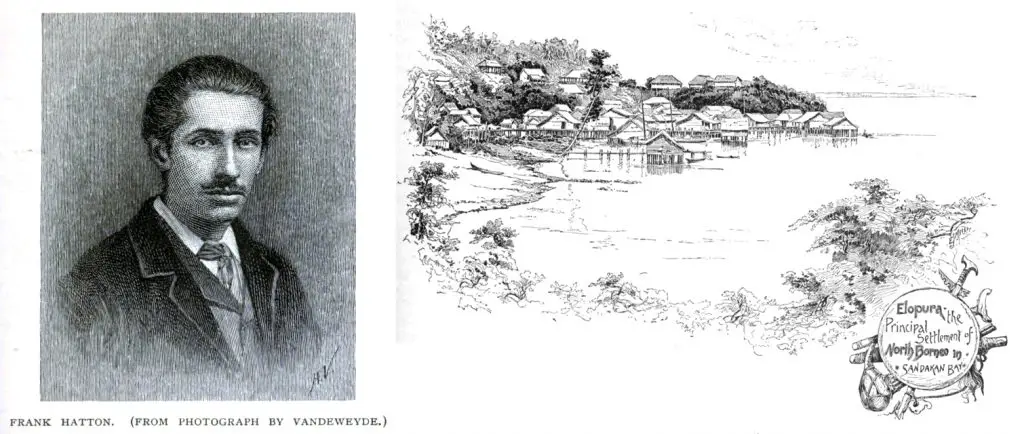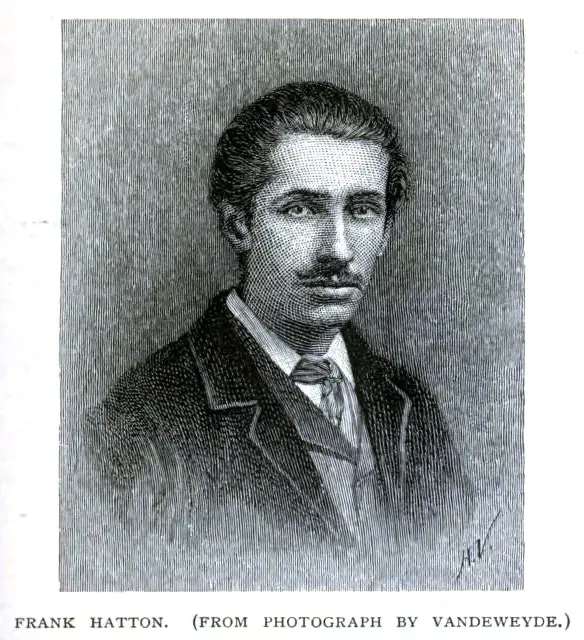While most Sarawakians know the practice of headhunting was part of our history, most of us are not informed about how the heads were received after being taken.
The common understanding is that headhunters were received with a heroic welcome and a great feast after a successful headhunting trip.
But how were the heads received by the villagers? What did the celebrations look like or who performed the ritual?
Here at KajoMag, we look at different accounts recorded in the 19th century on how old Sarawak communities received heads which were taken by their warriors:

1.Hugh Low in Sarawak, its inhabitants and productions (1848).
Low had no love for the headhunting ceremony, although he described that the Dayak viewed this ceremony with sentiments of satisfaction and delight.
“The fleet, returning from a successful cruise, on approaching the village, announce to its inhabitants their fortunes by a horrid yell, which is soon imitated and prolonged by the men, women and children, who have stayed home.
“The head is brought on shore with much ceremony, wrapped up in the curiously folded and plated leaves of the nipah palm, and frequently emitting the disgusting odour peculiar to decaying mortality.
“This, the Dyaks have frequently told me, is particularly grateful to their senses, and surpasses the odorous durian, their favourite fruit.”
Low added that the head was treated with the greatest consideration, lavishing it with all the terms of endearment.
After that, they offered sireh leaves and betel nut to the head while placing a cigar between its lips, “to propitiate the spirit by kindness, and to procure its good wishes for the tribe, of whom it is now supposed to have become a member.”
Then the ceremony continued with dancing, drinking and plenty of gong music.
2.Henry Keppel’s A Visit to the Indian Archipelago in HMS Meander (1853) on the Melanau community
Sir Keppel became the commanding officer of HMS Meander in November 1847. During that time, he was deployed in operations against pirates along the coast of Borneo.
He came across the Melanau communities of Sarawak and recorded what he observed.
“Although the Millanows do not preserve the heads of their enemies, a young warrior will occasionally bear home such a trophy with the same sort of pleasure a young fox-hunter takes home his first brush.
“On this occasion, a juvenile aspirant to love and glory, who had accompanied the expedition and wished to display a prize he had won, was met on landing by the women, who had already spied the relic from their elevated platform on the bank.
“They descended to meet it with a stick in each hand, and began to play on the unfortunate head, as if it had been a tom-tom. After this performance, each in turn rushed into the river, as if to cleanse herself from the pollution.
“Although these gentle creatures did not strike with any violence, it was as much as the young hero could do to prevent his trophy from being pummelled into a jelly.”
3.Henry Keppel on the people in Lundu
Keppel also witnessed the ceremony of receiving a head in Lundu.
He stated, “In one house there was a grand fete, in which the women danced with the men. There were four men, two of them bearing human skulls, and two the fresh head of pigs; the women bore wax-lights, or yellow rice on brass dishes. They danced in line, moving backwards and forwards, and carrying the heads and dishes. They danced in line, moving backwards and forwards, and carrying the heads and dishes in both hands; the graceful part was the manner in which they half-turned the body to the right and left, looking over their shoulders and holding the heads in the opposition direction, as if they were in momentary expedition of someone coming up behind to snatch the nasty relic from them. At times the women knelt down in group, with the men leaning over them.”

4.Spenser St. John on the Land Dayak’s head feast in Life in the Forest of the Far East
St. John described the head feast for the Land Dayak was a great day for the young bachelor.
“The head house and village are decorated with green boughs and the heads to be feasted are brought out from their very airy position being hung from one of the beams. An offering of food is made to the heads, and their spirits, being thus appeased, cease to entertain malice against, or to seek to inflict injury upon, those who have got possession of the skull which formerly adorned the now forsaken body,” he wrote.
Then the young men cut a coconut shell to make a cup and dyed it in red and black colours. They decorated the cup to look like a bird and poured alcohol into it.
St. John recorded, “The cup is filled with arrack, and the possessor performs a short wild dance with it in his hands, and then with a yell leaps before some chosen companion, and presents it to him to drink. Thus the ‘loving cup’ is passed around among them, and it need not be said that the result is in many cases partial, through seldom excessive, intoxication.”
































